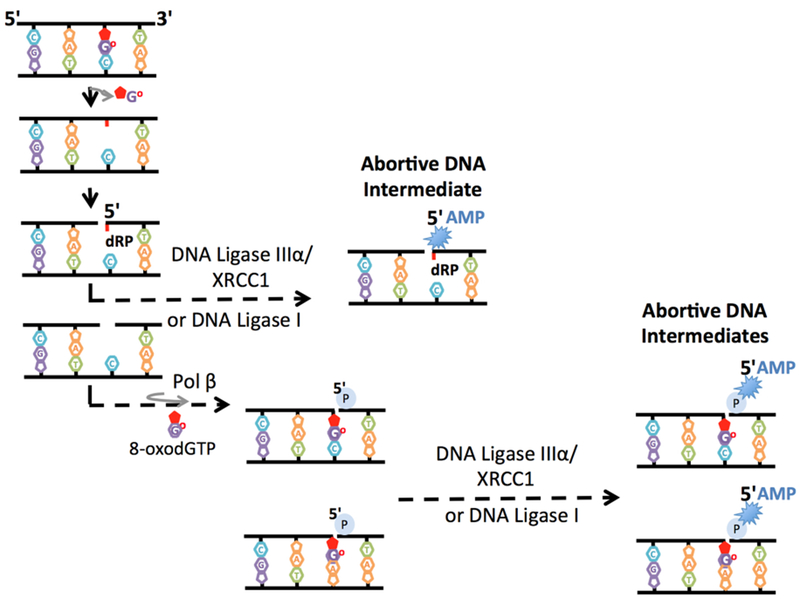Figure 4. Functional interaction between DNA polymerase β and DNA ligases during base excision repair.

The scheme represents the two possible enzymatic steps in which abortive DNA repair intermediates can be formed as a result of the lack of substrate channeling from DNA polymerase (pol) β to DNA ligase I or DNA ligase IIIα/XRCC1 complex. DNA ligase reaction may abort, and the BER intermediate could become 5′-adenylated, yielding the abortive DNA intermediate with the 5′-AMP-dRP group. Alternatively, pol β oxidized nucleotide (i.e., 8-oxodGTP) insertion opposite the template base A or C may lead to DNA ligase failure and formation of an abortive ligation product with a 3′-inserted oxidized base and a 5′-adenylate group (5′-AMP) on the repair intermediate.
